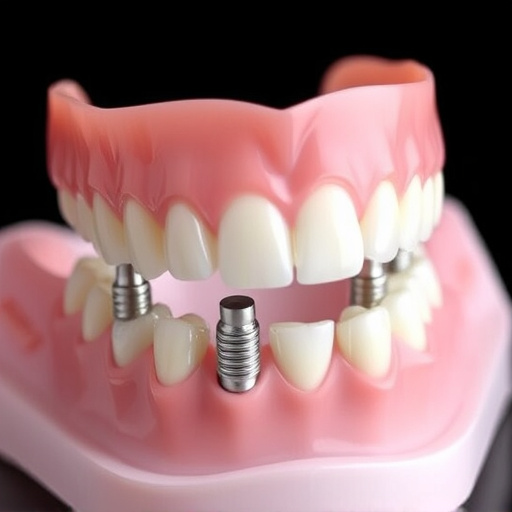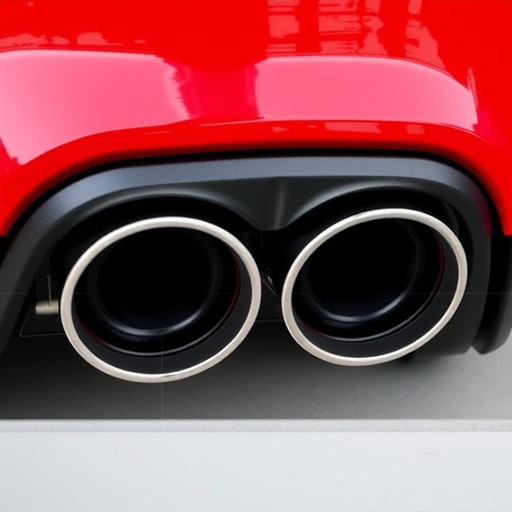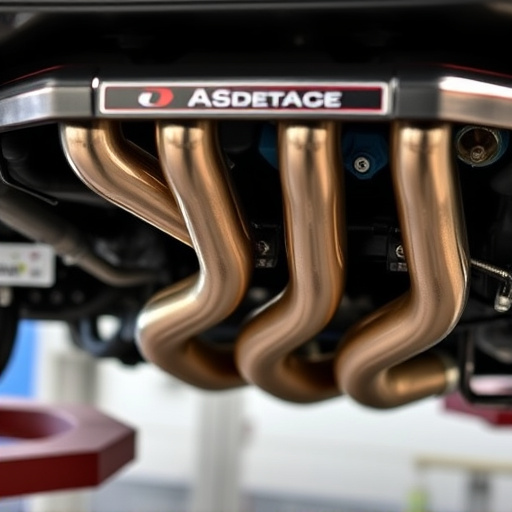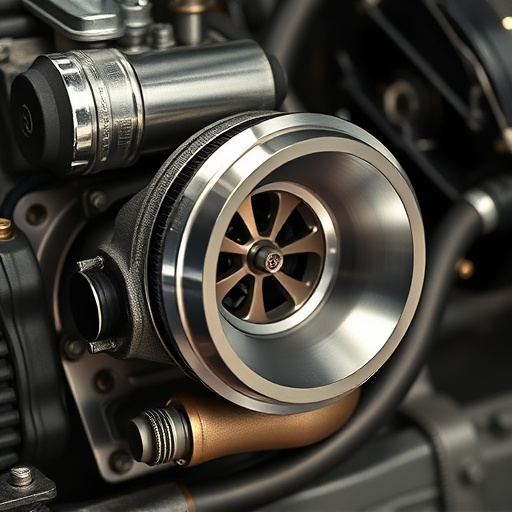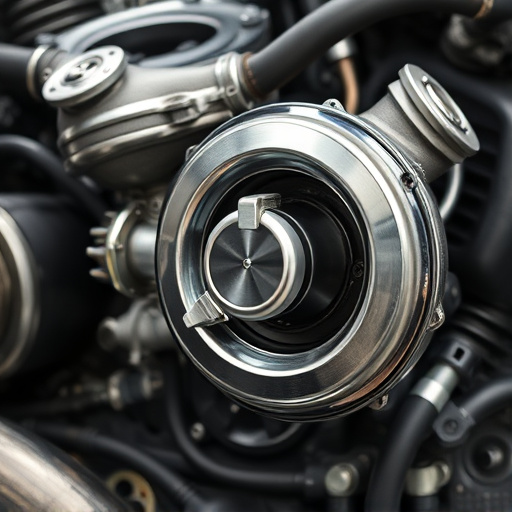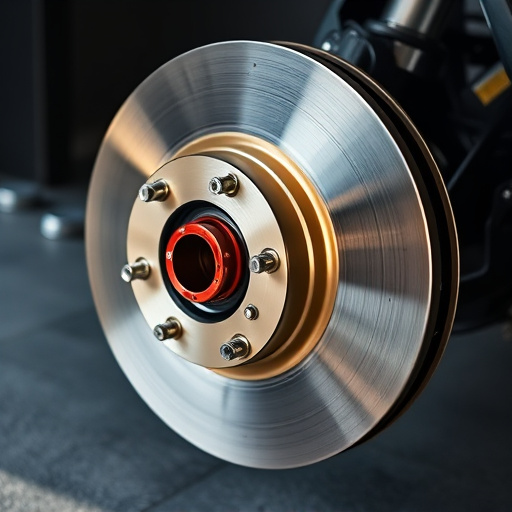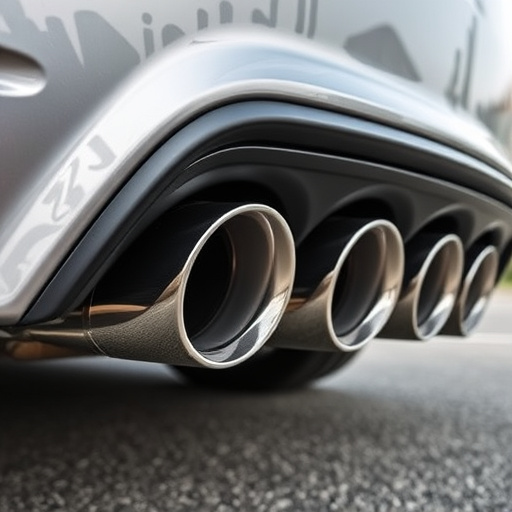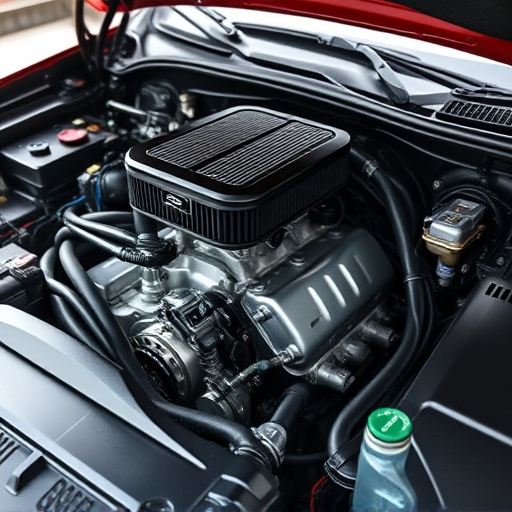Short tube headers are a crucial component in high-performance engines, addressing heat management issues by optimizing gas flow, reducing backpressure, and minimizing exhaust manifold length. This design significantly enhances engine cooling, especially for large displacement or high RPM engines prone to overheating. When combined with tailored suspension kits and performance exhaust systems, short tube headers offer substantial advantages, including improved vehicle dynamics and extended component lifespans, making them a preferred choice among car enthusiasts seeking power gains and optimal thermal management in extreme conditions.
In the quest for cooler, more efficient engine compartments, automotive enthusiasts are turning to a simple yet powerful solution: short tube headers. This innovative component design offers an effective way to reduce heat buildup within the engine bay. By shortening the exhaust gas path and optimizing flow, short tube headers lower temperatures, enhancing both performance and longevity. This article explores how these headers combat excessive heat, their numerous advantages, and practical implementation tips for a cooler, more robust engine.
- Understanding Engine Compartment Heat and Its Impact
- The Role of Short Tube Headers in Heat Reduction
- Benefits and Implementation of Using Short Tube Headers
Understanding Engine Compartment Heat and Its Impact
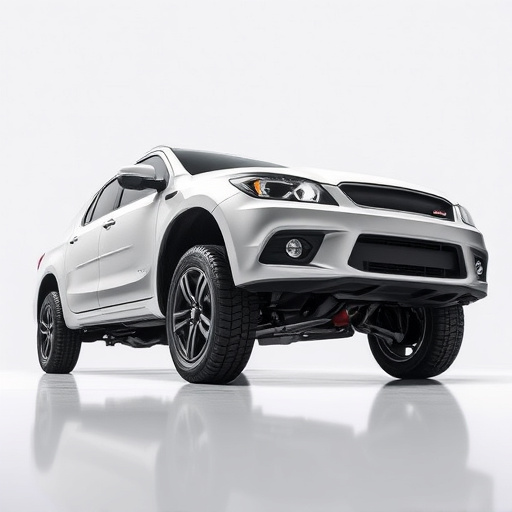
Understanding Engine Compartment Heat and Its Impact
In any vehicle, the engine compartment is a vital yet often overlooked area that plays a significant role in overall performance and efficiency. The heat generated within this confined space can have detrimental effects on various components, leading to reduced engine life, decreased fuel efficiency, and even safety hazards. This heat is primarily attributed to the combustion process, where exhaust gases and high-temperature cooling fluids contribute to a hot environment. As vehicles evolve with more complex systems like cat back exhausts, air intake systems, and coilover kits, managing this heat becomes increasingly crucial for optimal performance and longevity.
One of the key contributors to engine compartment heat is the traditional long tube header design, which can trap heat and cause it to radiate into surrounding components. Short tube headers, on the other hand, offer a more efficient solution by promoting better air flow and faster cooling. This simple modification not only reduces heat buildup but also enhances overall engine performance, making them a popular choice among car enthusiasts looking for both power gains and thermal management solutions.
The Role of Short Tube Headers in Heat Reduction
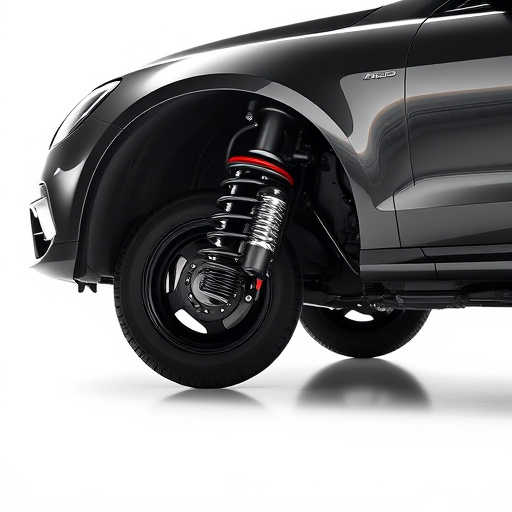
Short tube headers play a pivotal role in reducing engine compartment heat, especially in high-performance vehicles equipped with powerful engines. Unlike traditional long tube headers, short tubes are designed to minimize the distance exhaust gases travel, resulting in quicker gas flow through the system. This rapid exhaust flow prevents hot gasses from lingering in the engine bay for extended periods, thereby decreasing overall temperatures.
The implementation of short tube headers, often paired with a performance exhaust system or cat-back exhaust, serves as a crucial component in enhancing engine cooling and maintaining optimal performance. By efficiently channeling exhaust gases away from sensitive components, these headers contribute to better thermal management, ensuring the longevity of various parts within the engine compartment. This is particularly beneficial for drivers seeking to maximize their vehicle’s potential with high-performance parts.
Benefits and Implementation of Using Short Tube Headers
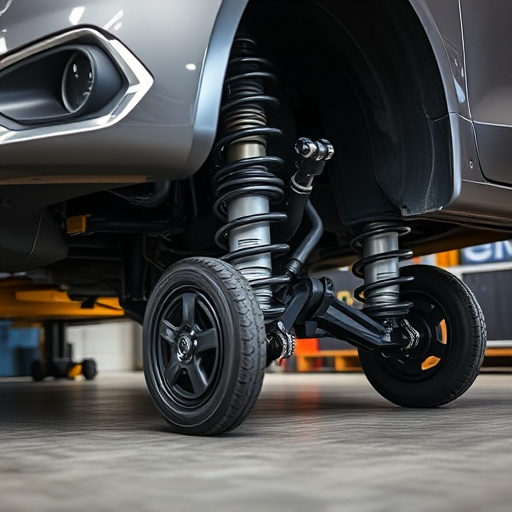
Short tube headers offer significant advantages for engine compartment cooling, especially in high-performance vehicles or those operating in extreme environments. By shortening the exhaust manifold’s overall length, these headers facilitate more efficient gas flow, reducing backpressure and allowing for better heat dissipation. This is particularly beneficial for engines with larger displacement or those running at high RPMs, where heat buildup can be a significant concern.
Implementing short tube headers involves strategic design and precise engineering to ensure compatibility with existing suspension components and air intake systems. Customization may be required to accommodate the shorter headers without compromising the overall stability and handling of the vehicle. Many performance enthusiasts opt for suspension kits tailored to work in conjunction with these headers, enhancing both engine cooling and vehicle dynamics.
Short tube headers have emerged as a powerful solution to combat the rising heat within engine compartments. By condensing exhaust gases more efficiently, these headers significantly reduce heat transfer, leading to improved engine performance and longevity. This article has highlighted the critical need for such innovations, especially in today’s demanding automotive landscape. Adopting short tube headers is not just an upgrade; it’s a step towards enhancing vehicle dynamics and ensuring optimal engine health.



